Peppercorns are one of the most used Indian spices across the globe. Peppercorns are produced from pepper plants. Scientific name of pepper is Piper nigrum and this plant belongs to the family Piperaceae. It is an evergreen, tender, perennial climbing vine that prefers partial shade for its growth. The plant reaches up to a height of 400cm and spread of 400cm upon full growth. Fruits of blackpepper plants are processed into black peppers and white peppers.
Black pepper has antibacterial properties and hence used to preserve food items. Black pepper helps the body to fight against infections due to its antibacterial properties. It has also anti-inflammatory properties. Black pepper aids in proper digestion and is therefore good for stomach. It promotes sweating and is also a diuretic (promotes urination). Black pepper is also a carminative (expels gas out of the body in a healthy way and inhibits gas formation within the body).
Black pepper corns are used for weight loss also as the outer layer of peppercorns helps in breaking down of fat cells. In traditional medicines, black pepper is used as an ingredient for cough and cold medicines due to its expectorant property (breaks down phlegm deposits in the respiratory tract and helps to expel it through coughing and thus eliminates the phlegm from the body).
Black pepper has high antioxidant property also. Antioxidants prevent cell damage caused by free radicals and thus prevents occurrence of cancer and age-related diseases. Piperine, major active principle found in pepper promotes neurological health. Adding black pepper in food items not only increases its taste but it also enhances the availability of other nutrients present in the food to the body system.
Black pepper is rich source of calcium (443mg/100g), potassium (1329mg/100g), and dietary fiber (25.3 g/100g). It also contains good amounts of iron, magnesium and phosphorous. Black pepper also contains vitamin A (547 IU/100g), vitamin K (163.7µg/100g), and vitamin E (1.04mg/100g).
A detailed account of nutrition present in both black peppers and white peppers is as given below:
Nutrition in 100 grams of edible portion of black pepper is as follows: Water-12.46 g, Energy-251 kcal, Protein-10.39 g, Total lipid (fat)-3.26 g, Carbohydrate-63.95 g, Fiber-25.3 g, Sugars-0.64 g, Calcium-443 mg, Iron-9.71 mg, Magnesium-171 mg, Phosphorus-158 mg, Potassium-1329 mg, Sodium-20 mg, Zinc-1.19 mg, Thiamin-0.108 mg, Riboflavin-0.18 mg, Niacin-1.143 mg, Vitamin B6-0.291 mg, Folate-17 ug, Vitamin A, IU-547 IU, Vitamin E (alpha-tocopherol)-1.04 mg, Vitamin K (phylloquinone)-163.7 ug, Fatty acids, total saturated-1.392 g, Fatty acids, total monounsaturated-0.739 g and Fatty acids, total polyunsaturated-0.998 g.
Nutrition in 100 grams edible portion of white pepper is as follows: Water-11.42 g, Energy-296 kcal, Protein-10.4 g, Total lipid (fat)-2.12 g, Carbohydrate-68.61 g, Fiber-26.2 g, Calcium-265 mg, Iron-14.31 mg, Magnesium-90 mg, Phosphorus-176 mg, Potassium-73 mg, Sodium-5 mg, Zinc-1.13 mg, Vitamin C, total ascorbic acid-21 mg, Thiamin-0.022 mg, Riboflavin-0.126 mg, Niacin-0.212 mg, Vitamin B6-0.1 mg, Folate-10 ug, Fatty acids, total saturated-0.626 g, Fatty acids, total monounsaturated-0.789 g and Fatty acids, total polyunsaturated-0.616 g.
We regularly publish informative videos on various “Food, Agriculture, Gardening and Horticulture” topics. You may view these videos here…
You may also check out our Digital Publishing Services for Food, Agriculture, Gardening and Horticulture Sector by visiting this link


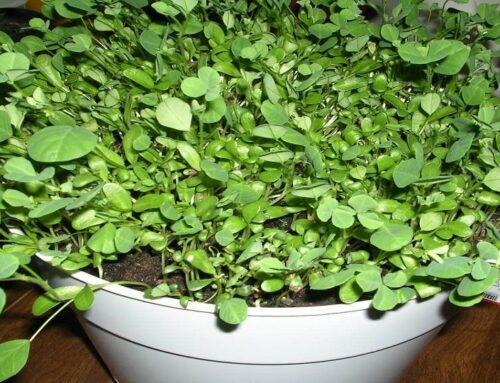
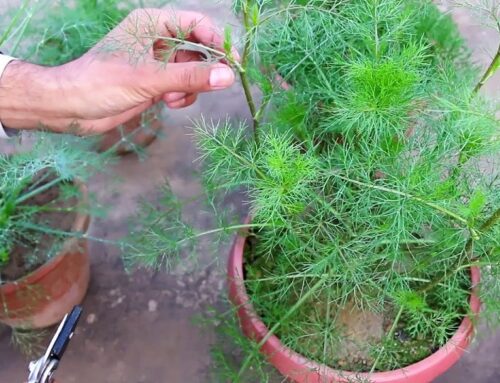
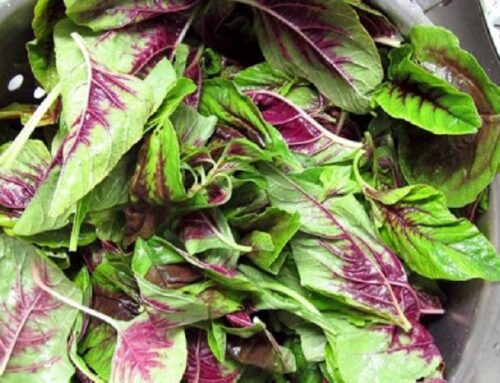
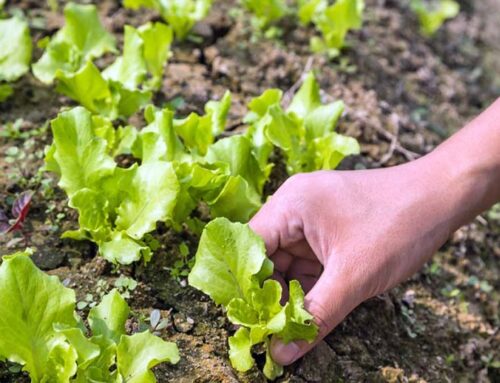
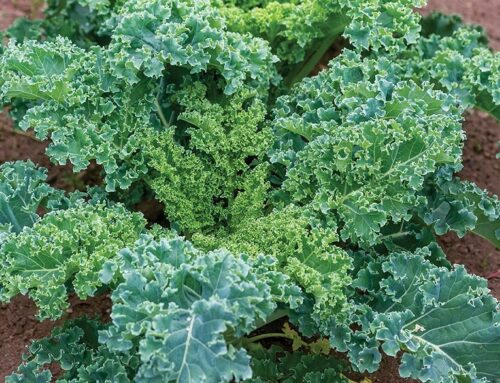
Leave A Comment
You must be logged in to post a comment.